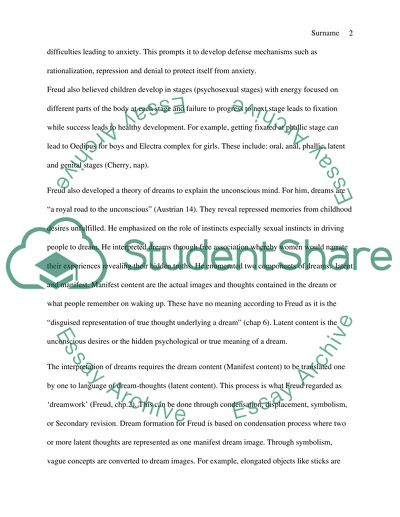Cite this document
(“Mind and body Essay Example | Topics and Well Written Essays - 1250 words”, n.d.)
Retrieved from https://studentshare.org/philosophy/1650533-mind-and-body
Retrieved from https://studentshare.org/philosophy/1650533-mind-and-body
(Mind and Body Essay Example | Topics and Well Written Essays - 1250 Words)
https://studentshare.org/philosophy/1650533-mind-and-body.
https://studentshare.org/philosophy/1650533-mind-and-body.
“Mind and Body Essay Example | Topics and Well Written Essays - 1250 Words”, n.d. https://studentshare.org/philosophy/1650533-mind-and-body.


